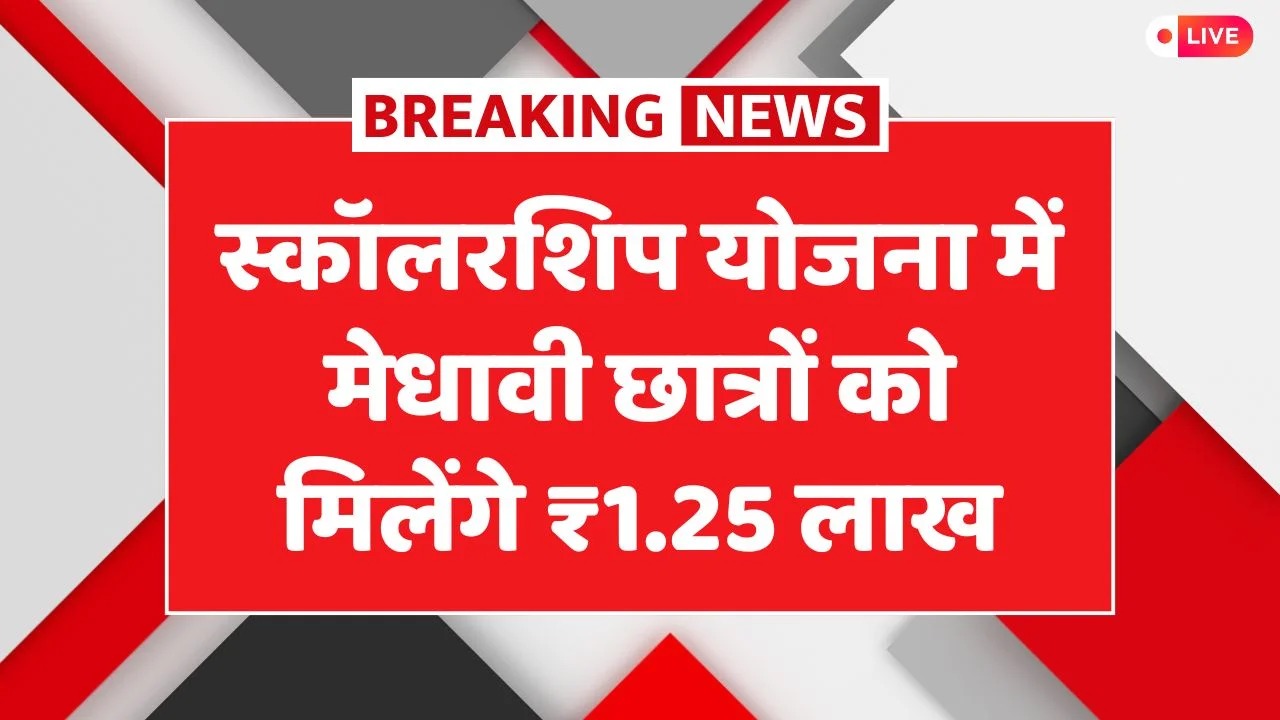
India and Pakistan have experienced numerous moments of tension and conflict throughout their history. Several efforts have been made to foster peace and cooperation between the two nations, with one of the key events being the Shimla Agreement. This agreement, signed in 1972, aimed to establish peace and resolve disputes in a peaceful manner after the ceasefire between India and Pakistan following the 1971 war. The Shimla Agreement marked a significant turning point in the diplomatic relationship between the two countries.
Historical Context of the Shimla Agreement
The Shimla Agreement’s historical context is closely tied to the India-Pakistan war of 1971. During the Bangladesh Liberation War, India intervened militarily in support of East Pakistan’s independence, resulting in the creation of Bangladesh. Following the war, there remained significant tension between India and Pakistan. After the ceasefire, both nations’ leaders decided to hold a meeting in Shimla to resolve the outstanding issues and prevent future conflicts.
Key Terms of the Shimla Agreement

The Shimla Agreement was signed on July 2, 1972, between Indian Prime Minister Indira Gandhi and Pakistani President Zulfikar Ali Bhutto in Shimla, India. The main provisions of the agreement were as follows:
1. Resolution of Bilateral Disputes:
The agreement stipulated that India and Pakistan would resolve their bilateral disputes peacefully through mutual dialogue and negotiations. To ensure this, communication channels between the two countries were established.
2. The Kashmir Issue:
The Kashmir dispute, which has been the most sensitive issue between India and Pakistan, was central to the Shimla Agreement. Both countries agreed that all issues, including Kashmir, would be resolved bilaterally without any third-party intervention. The agreement aimed to ensure that international bodies like the United Nations would not interfere in the Kashmir dispute.
3. Respect for Sovereignty:
The Shimla Agreement also emphasized the respect for each country’s sovereignty and territorial integrity. Both nations vowed to avoid military aggression and take measures to ensure the security of their borders.
4. Peace on the Borders:
Both countries agreed to maintain peace along their borders. This included preventing any military activities or aggression along the international border, ensuring stability and reducing tensions in the border areas.
5. Withdrawal of Forces from Kashmir:
The agreement called for the withdrawal of military forces from areas in Kashmir that had been captured during the war. This was seen as an effort to reduce tensions and initiate a process of peaceful resolution.
6. Commitment to Peace and Cooperation:
Both India and Pakistan committed to non-interference in each other’s internal affairs and to cooperate in maintaining peace and security.
Successes and Failures of the Shimla Agreement
The Shimla Agreement was a significant step at the time as it sought to build trust and cooperation between India and Pakistan. However, in the years following the agreement, it became clear that the deal did not fully achieve its intended goals.
1. Successes:
• The Shimla Agreement established a framework for direct communication between India and Pakistan, which helped to reduce the scope for misunderstanding and conflict.
• It ensured that the Kashmir issue would be dealt with bilaterally without the involvement of international bodies.
• Both countries agreed to maintain peace along the borders and avoid military conflict.
2. Failures:
• Despite the Shimla Agreement, the Kashmir issue remained unresolved and continued to be a source of tension. Pakistan often raised the issue in international forums, and skirmishes over Kashmir continued.
• Military conflicts such as the Kargil War in 1999 and other smaller confrontations also took place, highlighting that tensions between the two countries persisted.
• The agreement failed to prevent Pakistan from sponsoring terrorism against India, further complicating the relationship between the two countries.
The Samjhauta Express and the Shimla Agreement
The Samjhauta Express is a train service that operates between India and Pakistan. It was inaugurated in 2004 as part of efforts to improve relations between the two countries. Despite facing interruptions due to political tensions, the train service symbolizes the ongoing efforts to bridge the divide between the two nations. The launch of the Samjhauta Express also occurred in the context of the Shimla Agreement’s aftermath, which emphasized the need for peace and dialogue.
Conclusion
The Shimla Agreement was a landmark in the diplomatic relations between India and Pakistan. It was a significant attempt to resolve long-standing issues, especially the Kashmir dispute, and to foster cooperation and peace. While the agreement did lead to some successes, such as reducing the risk of war and establishing channels for dialogue, it was unable to fully resolve critical issues like Kashmir and continued military confrontations. Despite the challenges, the Shimla Agreement remains a crucial example of the efforts to pursue peace and diplomatic solutions between two neighboring countries with a history of conflict. Moving forward, agreements like Shimla remain important in the search for stability and peace in the regio





